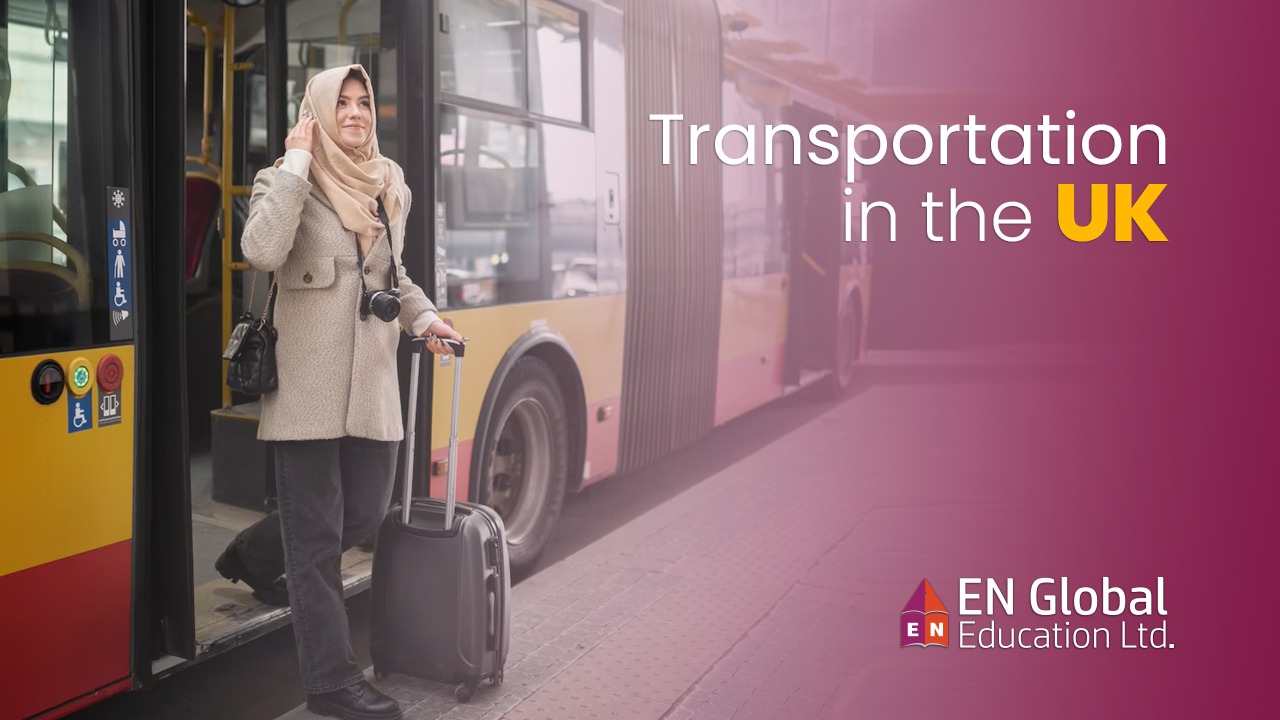There are various forms of transport available in the UK and London in particular. There aren’t many cities which offer trains, buses, bikes and even boats on your commute. Public transport in London may seem complicated at first, but after a couple of weeks you’ll feel like a London local.
The London Underground
One of the most iconic forms of transport in the UK, London wouldn’t function properly without the London Underground (often called the Tube). Whisking commuters from A to B since 1863, the Tube is often the most efficient way to travel around the vast city that is London. The Tube is an extensive array of underground train lines, connecting all areas of London. It can seems a little daunting and confusing to begin with, especially at peak hours when stations and platforms are filled with commuters and tourists. However, it won’t take long to work out the Tube. Apps such as Citymapper and TFL’s Journey Planner are very helpful with showing which line to use and when trains are departing.
Oyster Cards
In order to travel on the Tube, you either need a pre-paid ticket, a contactless card, or an oyster card. Oyster cards are used by most people and can be used for the underground, over-ground, national rail and buses. Oyster cards are pre-paid cards that are topped up online, at stations, newsagents, etc. Tariffs vary depending on the time of day and the zone that you are travelling to. However, as a student you can apply for a Student Oyster Card which gives you 30% off the price of adult-rate travel cards and bus & tram pass season tickets.
London Buses
London has various bus routes, many of which have 24 hour services. You can either pay with your oyster card or with a contactless card. Cash is not accepted on London buses.
Taxis
Black Cabs are an iconic form of transport in London, however, they are often very expensive. So Uber or ViaVan are recommended instead.
National Rail
It is possible to get to most areas of the UK by train using the National Rail. Check out their website for departures and booking tickets. You can also apply for a 16-25 Railcard which gives you 1/3 off rail travel in the UK if you are between 16 and 25 years old.
River Bus
Travelling by river is a great way to get around London. You’ll beat the traffic and enjoy fantastic views of London along the way. MBNA Thames Clippers operate frequent river bus routes. Oyster cards and contactless cards are also accepted on these services.
Cycling
Cycling is one of the fastest, most convenient and cheapest ways of travelling to your destination. However, in a busy city like London, it can be stressful and dangerous if you’re not careful. Thankfully, it only takes a bit of practice before you become a confident, competent and courteous cyclist. Keep the following safety tips in mind:
- Be assertive and ‘claim’ your space on the road. Ride at least one meter away from the curb.
- Slow down when passing slow moving or stationary traffic (especially buses) as pedestrians can quickly dart out in front of you.
- Watch for car doors suddenly opening.
- Avoid the temptation of running red lights. It’s just not worth your life nor the potential £50 fine.
- Lorries and vans have large blind spots so be extra careful going around corners when they turn left.
Driving
If you wish to drive in the UK you must be at least 17 and have the following:
- A valid driving licence
- Have valid motor vehicle insurance cover (various options)
- A valid UK road tax disc displayed on your car
- Vehicle registration (whether purchased or imported)
- An MOT test certificate
For Non EU: If your driving licence has been issued from outside the European Union or you have an international driving licence, you can drive in the UK for up to 12 months.



